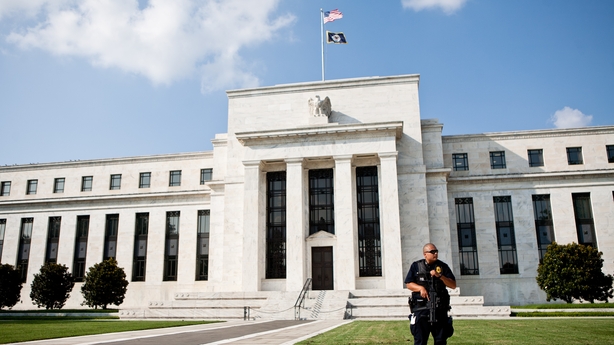US consumer spending barely rose in October as households took advantage of rising incomes to boost savings to their highest level in nearly three years, pointing to moderate economic growth in the fourth quarter.
Weak consumer spending will probably do little to change expectations that the Federal Reserve will raise interest rates next month.
Other data today showed a surge in business spending plans in October and a drop in new applications for unemployment benefits last week.
The Commerce Department said consumer spending edged up 0.1% after a similar increase in September.
When adjusted for inflation, consumer spending rose by the same margin. That suggests consumer spending, which accounts for more than two-thirds of US economic activity, has slowed from the third quarter's brisk 3% annual pace.
The tepid rise in consumer spending could combine with an anticipated drag from an ongoing inventory reduction to hold the US economy to around a 2% growth rate in the fourth quarter.
The government said earlier this week that the economy expanded at a 2.1% rate in the third quarter.
The US economy could get support from business spending.
In a separate report, the Commerce Department said non-defence capital goods orders excluding aircraft, a closely watched guage for business spending plans, increased 1.3% last month after rising 0.4% in September.
The government said earlier this week that the economy expanded at a 2.1% rate in the third quarter.
The US economy could get support from business spending.
In a separate report, the Commerce Department said non-defence capital goods orders excluding aircraft, a closely watched guage for business spending plans, increased 1.3% last month after rising 0.4% in September.
The report came on the heels of data this month showing a solid increase in manufacturing output in October, and was the latest suggestion that the worst of the drag from a strong dollar and deep spending cuts by energy firms was over.

Fed officials had held off raising rates at their last two meetings as they assessed the degree to which a stronger dollar and a slowing in economies overseas would weigh on the US.
Manufacturing, which accounts for 12% of the US economy, has been slammed by the dollar strength and the spending cuts in the energy sector.
The dollar has appreciated 18.1% against the currencies of the country's main trading partners since June 2014. The pace of appreciation, however, is gradually slowing.
Economists also believe that the bulk of spending cuts by oilfield firms like Schlumberger in response to lower crude prices have already been implemented.
Meanwhile, a third report from the Labor Department showed initial claims for state unemployment benefits declined 12,000 to a seasonally adjusted 260,000 for the week ended November 21.
Claims have now held below the 300,000 threshold for 38 consecutive weeks, the longest stretch in years, and remain close to levels last seen in the early 1970s.
Strengthening labour market conditions are gradually lifting income.
The Commerce Department said personal income increased 0.4% last month, accelerating after a 0.2% gain in September. Wages and salaries shot up 0.6%, the largest increase since May.
Savings increased to $761.9 billion last month, the highest level since December 2012, from $722.9 billion in September.
Higher savings could over time buoy consumer spending.

